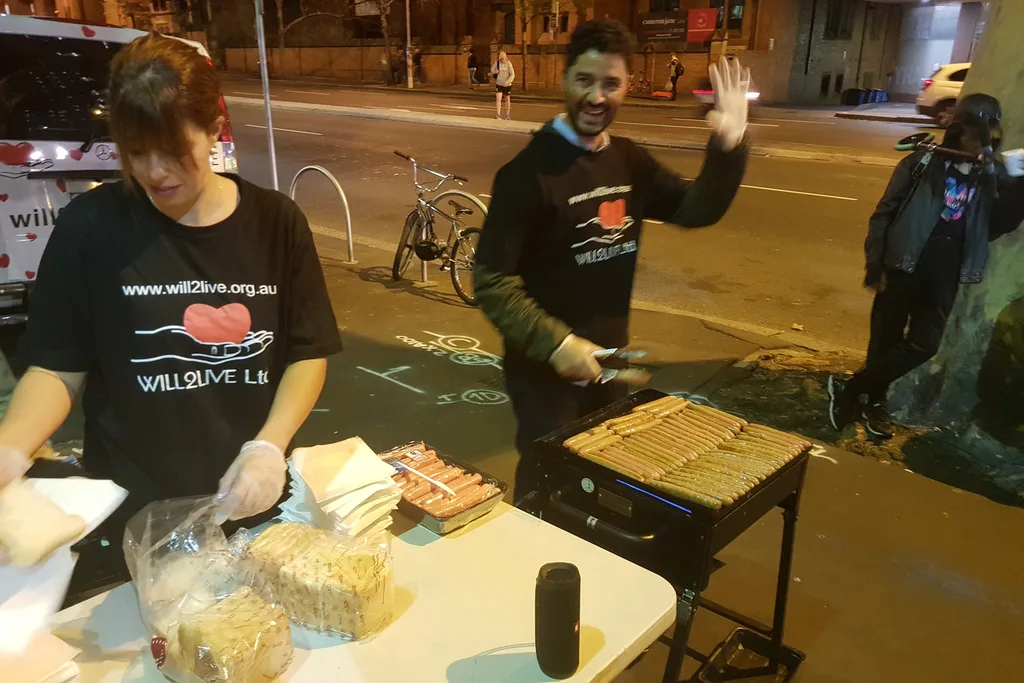The COVID-19 pandemic has changed life as we know it. At the time of publishing, the current global diagnosed case rate had reached 459,800, with extreme measures being put in place. Governments across the world have issued citywide shutdowns and the closure of non-essential businesses, leaving many scared and vulnerable.
While many of us continue to self-quarantine, there is one high-risk group who are still being overlooked during the pandemic: Australia’s homeless population.
The 2016 census counted more than 116,000 people as homeless in Australia, and 51,000 people living in severely crowded housing facilities. Over 21,000 were living in supported accommodation for the homeless and 8,200 were rough sleepers.
The virus poses a special risk to the homeless, who are often unable to self-isolate and don’t have facilities to regularly wash their hands. There is concern it could rapidly spread through this vulnerable population and increase the country’s overall infection rate.
While the health mandate classified homelessness services essential, the facilities require additional funds in order to keep the doors open with unprecedented strain on the system.
Pam Barker, CEO of Yfoundations, said: “Services are struggling to feed young people due to lack of food and supplies, and where is a young person experiencing homelessness supposed to self-isolate?”

Yfoundations, the NSW peak body for youth homelessness, is calling on the government to provide critical funding and supplies in order to support young people and keep homelessness services operating.
Meanwhile, the Victorian Government has set aside $6 million state-wide, to provide additional resources to find temporary housing and funding towards private rental brokerage for people at risk of becoming homeless. Some rough sleepers were moved into motels and plans are made to quarantine those suffering from COVID-19 already.
But there has not been any announcement from the NSW Government on injecting additional support to the homelessness sector. As a result, homelessness services in NSW are facing a terrible trifecta: no access to food and supplies, reduced workforce due to self-isolation and children of workers staying home, a significant spike in the number of people affected.
And on top of this is the almost impossible challenge of facilitating social distancing in shelters, self-isolation when needed, and potential quarantine of the homeless population.
Barker adds, “And if Australian families are struggling to buy food and supplies like toilet paper, how are homelessness services supposed to secure sufficient supplies for a group of hungry young people? These services are not able to buy in bulk and have more mouths to feed than ever before, especially with the shutting down of many Street Food Van services.

WILL2LIVE is another Sydney organisation struggling to keep up with the changing climate.
CEO Will Hawes said, “Over the past few weeks we have seen a significant increase in demand from our nightly meal services, and we are doing our best to respond.”
“Like other organisations, we are also dealing with the impacts of the Coronavirus on our volunteers, many of whom are unable to attend their regular shifts due to social distancing recommendations,” he added. “We have seen some other not-for-profits unable to operate, despite the growing demand for help from the homeless.”
A recent survey shows 44 percent of homelessness services across NSW have already been impacted by COVID-19. The need to self-isolate some people as well as staff’s compromised health and capacity to cope, means many are not getting much-needed support.
There a few ways we can help. First, don’t panic buy. The recent influx of Australians panic buying has meant that supplies to shelters and others in need have suffered. When shopping for your supplies, only buy what you need. Alternatively, you can donate hygiene supplies and other goods to a community centre.
Be mindful that to stop the spread, it’s up to us as individuals to self-isolate (even if you do not feel unwell). Ultimately, this will stop other more vulnerable people from contracting the virus.
The COVID-19 pandemic has changed life as we know it. At the time of publishing, the current global diagnosed case rate had reached 459,800, with extreme measures being put in place. Governments across the world have issued citywide shutdowns and the closure of non-essential businesses, leaving many scared and vulnerable.
While many of us continue to self-quarantine, there is one high-risk group who are still being overlooked during the pandemic: Australia’s homeless population.
The COVID-19 pandemic has changed life as we know it. At the time of publishing, the current global diagnosed case rate had reached 459,800, with extreme measures being put in place. Governments across the world have issued citywide shutdowns and the closure of non-essential businesses, leaving many scared and vulnerable.
While many of us continue to self-quarantine, there is one high-risk group who are still being overlooked during the pandemic: Australia’s homeless population.










